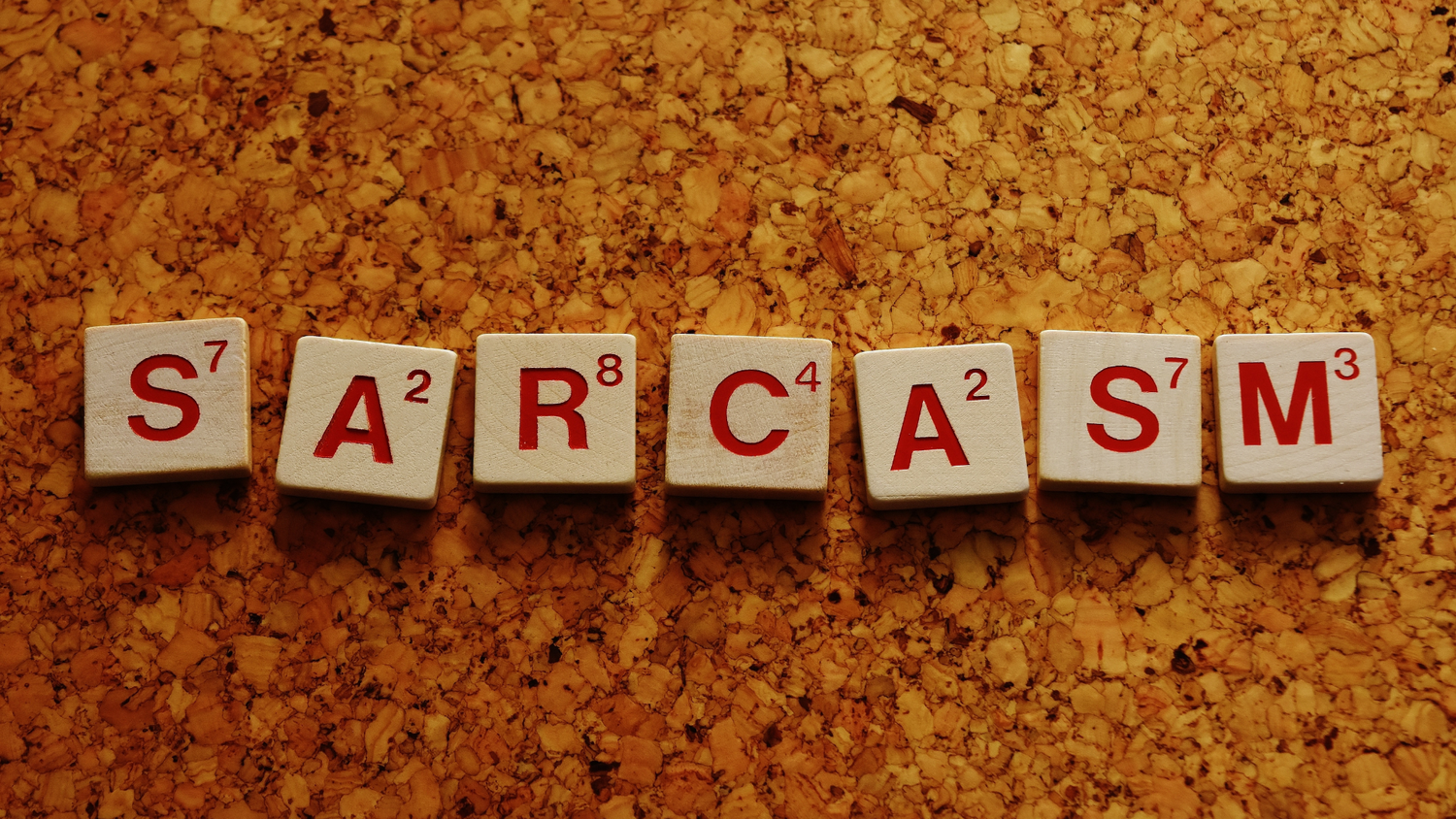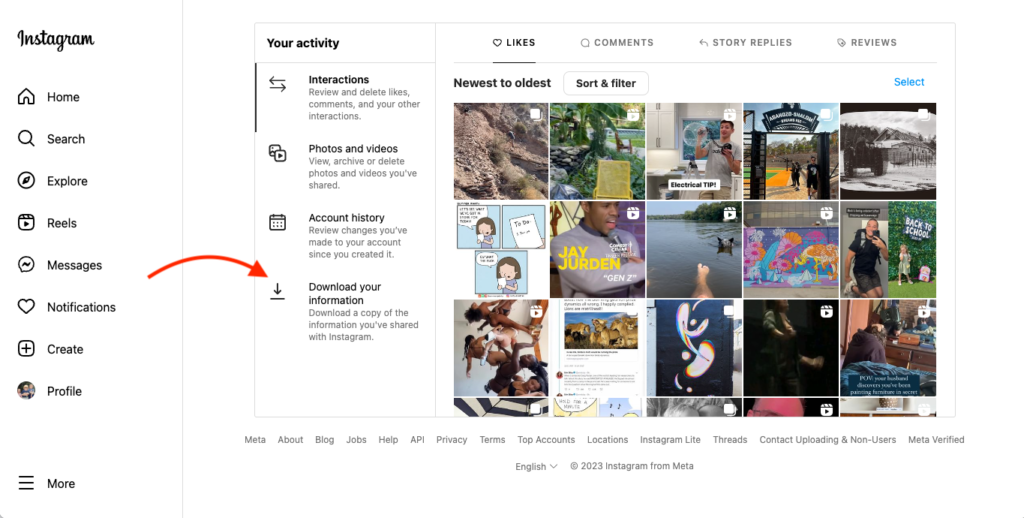Now Reading: How Sarcasm Became a Defense Mechanism
-
01
How Sarcasm Became a Defense Mechanism
How Sarcasm Became a Defense Mechanism

In India, especially among youth in Tier 2 and Tier 3 cities, sarcasm has increasingly become a tool to navigate social interactions and emotional challenges. What once might have been casual humor is now often a shield, used to deflect criticism, hide vulnerability, or manage uncomfortable situations. Behind the laughter, sarcasm can reveal deeper insecurities, stress, and the need to protect oneself from judgment or emotional exposure.
One reason sarcasm thrives is self-preservation. By masking feelings with wit or irony, individuals avoid revealing their fears, disappointments, or uncertainties. It creates a buffer, allowing them to engage socially without appearing overly sensitive or vulnerable.
Peer influence and cultural norms also play a role. Social media and online interactions encourage clever, quick comebacks, reinforcing sarcasm as a form of intelligence and social savvy. In smaller cities, where reputation and social perception are closely watched, using sarcasm can be a subtle way to maintain image while expressing dissent or frustration.
However, habitual sarcasm can affect relationships. While it may protect emotionally, it can also create distance, misunderstandings, or perceptions of cynicism. Over time, reliance on sarcastic responses may reduce opportunities for genuine emotional connection and open communication.
Balancing sarcasm with authenticity requires self-awareness. Recognizing when humor is protective rather than expressive, and choosing honest communication in safe spaces, can help maintain both social ease and emotional health.
Ultimately, sarcasm is more than just a joke—it’s a coping mechanism. Understanding its role allows individuals to navigate social pressures while preserving meaningful connections and emotional well-being.

























